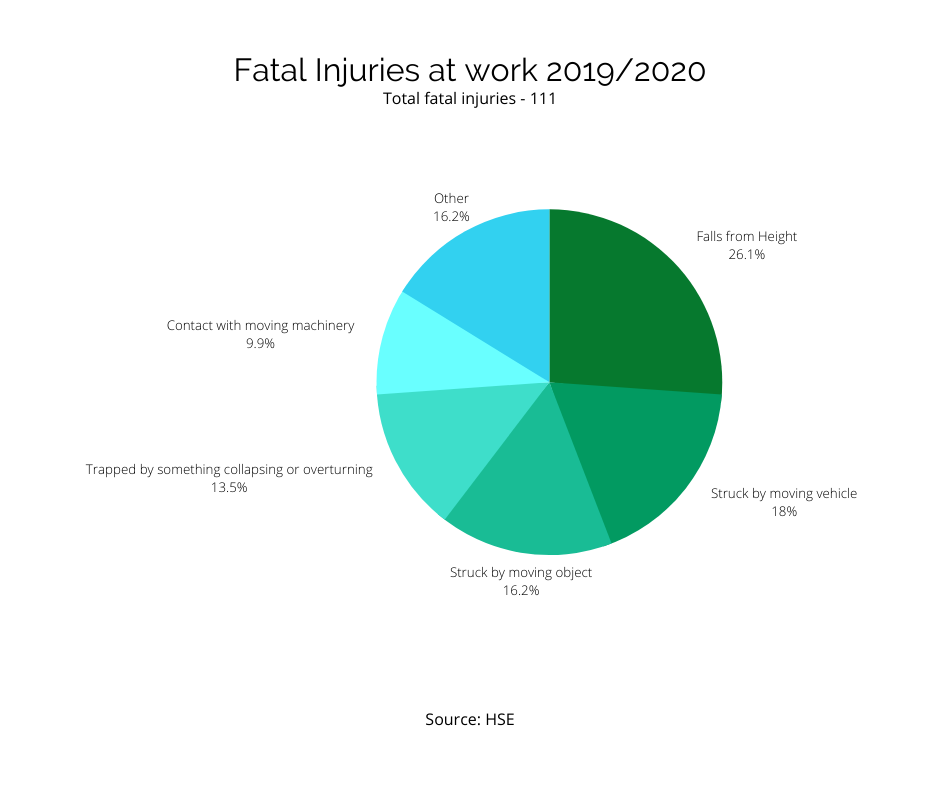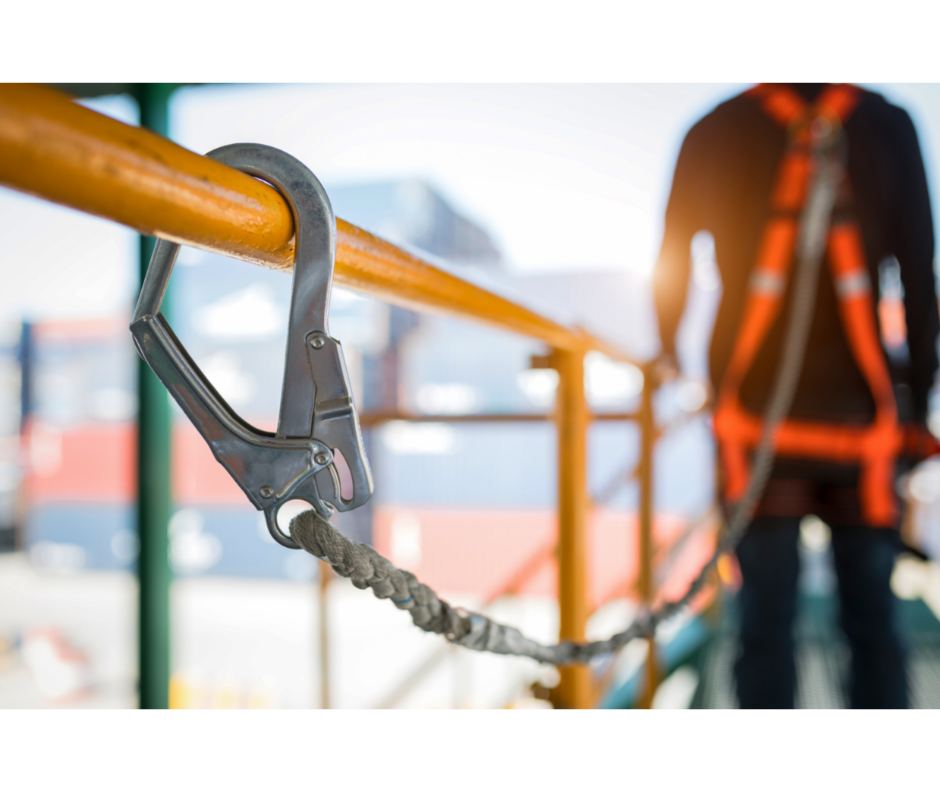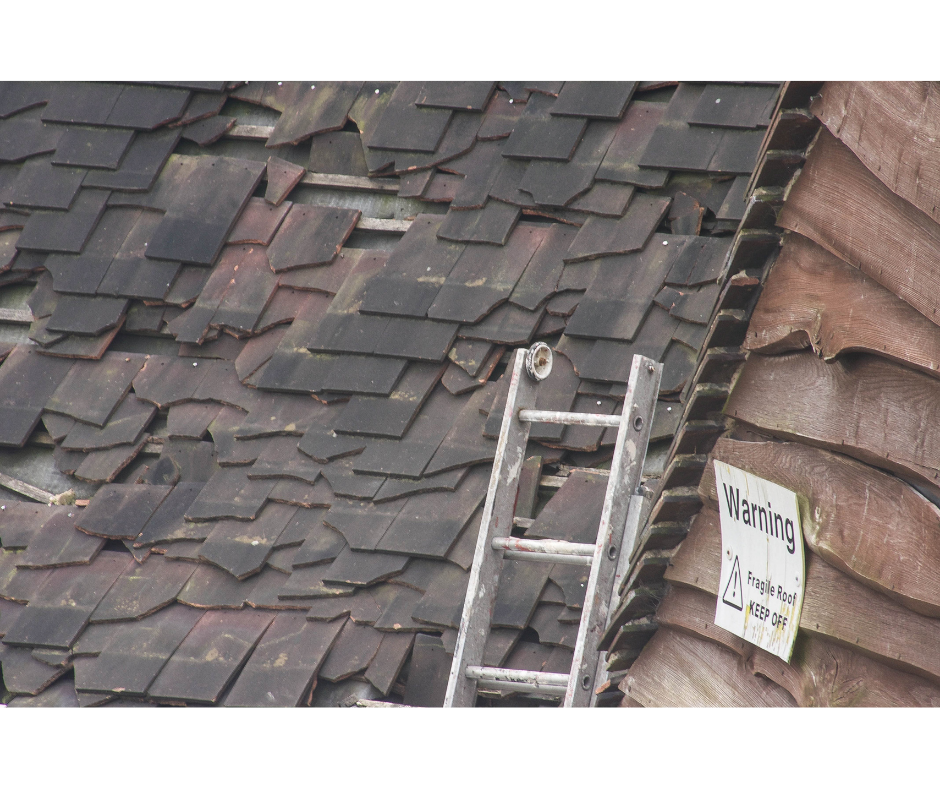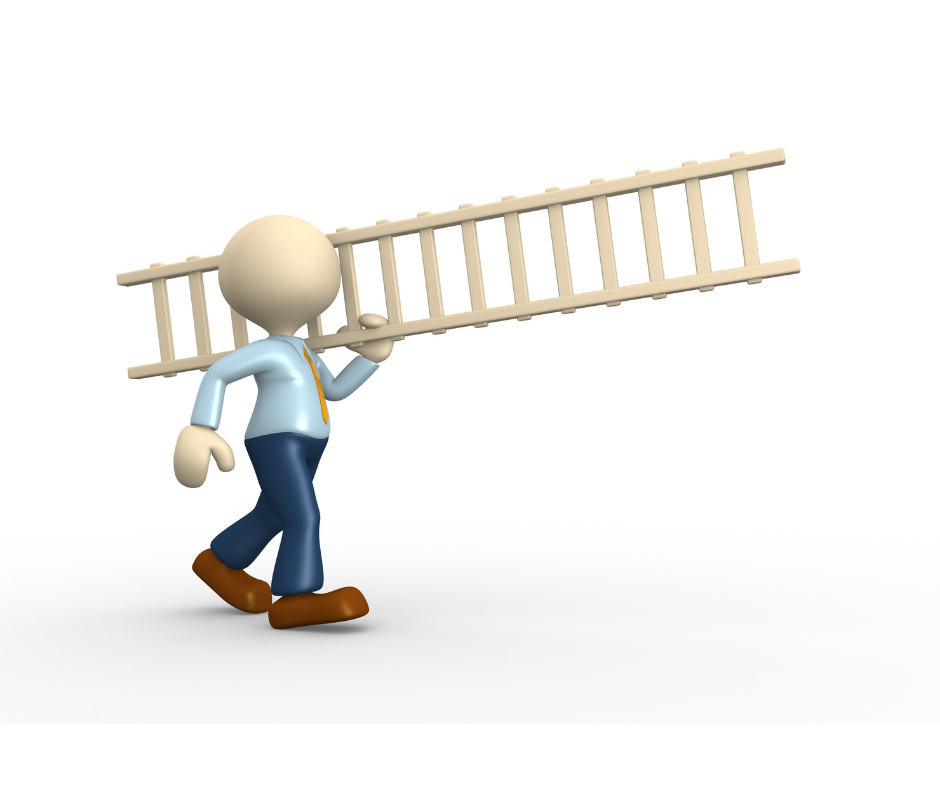Working at height can be a risky business! With 29 fatalities associated with working at height recorded in 2019/2020, it was the biggest cause of fatalities in the workplace in that year. And while work at height is not the biggest cause of non-fatal RIDDOR reportable incidents, the injuries that result from a fall from height are often life changing.


Employers a have a duty to protect their workers from harm in the workplace, and what you need to do to is set out in the Work at Height Regulations 2005.
What is work at height?
Work at height means any work in any place where, if precautions were not taken, a person could fall a distance liable to cause personal injury.
You are working at height if you:
- work above ground / floor level,
- could fall from an edge, through an opening or fragile surface,
- could fall from ground level into an opening in a floor or hole in the ground.
What do I need to do to comply with the Work at Height Regs?
The purpose of the Regs is to make sure that the risks when working at height are removed or reduced as far as possible. They are not there to prevent people working at height, but to make sure that they do it safely. These are five steps to make sure you comply with the Work at Height regulations:
- Make sure that you identify tasks where people are working at height, and that they are properly planned and organised.
- Assess the risks involved with work at height and make sure appropriate work equipment is selected and used.
- Make sure that everyone working at height understand the risks and the measures in place to protect them. They also need to know how to use the equipment, and what checks to make to spot any problems or defects before or during use.
- Ensure the risk of working on or near fragile surfaces are identified and managed.
- Have systems in place to make sure any equipment used for work at height is properly inspected and maintained.
How to keep safe when working at height

The HSE guidance has a great flowchart that guides you through the decision process for deciding if you should work from height, and if you are what measures you need to consider putting in place.
The key steps in the guidance are:
Step 1: Avoid work at height wherever reasonably practicable. Reasonably practicable is a key phrase here, it means when the time, trouble, cost and physical difficulty of avoiding working at height does not far outweigh the benefit of carrying out the work at height.
Step 2: Prevent falls by using an existing place of work that is safe, or the right type of equipment to access the work area. When decided what equipment and protective measure you put in place, prioritise collective protection over personal protection.
Collective protection – does not require the person working at height to be effective, for example putting permanent or temporary guard rails in place.
Personal protection – requires the individual to act to be effective, e.g. using a safety harness.
Step 3: Minimise the distance and consequences of a fall by using the right equipment when the risk cannot be eliminated.
The regs do not ask you to go overboard with safety precautions, but to take a common sense approach to considering work at height and how you control the risks.
What do you need to think about when you are working at height?

So you’ve done your risk assessment, planned the work, got the equipment in place and people are aware of what they are doing and how…….now you’re ready to go!
But you need to keep and eye on things while you are doing the job. Things to look out for might be:
- Weather conditions – wind, rain, hail and snow can all pose a problem when working outside, even more so if you are working at height. If weather conditions are bad or deteriorate to a point where the job is unsafe then stop work. Make sure you check any ladders, scaffolds etc before use again.
- Alongside your formal inspection regimes, make sure people know to have a quick check of all work at height equipment and job areas before each use.
- While working at height, prevent materials or equipment from falling, and if you can’t then put an exclusion zone in place so that items that fall cannot harm anyone below.
- Store any materials or objects safely so that they won’t cause harm or damage if they fall or collapse.
And possibly the most important thing to remember – make sure you have emergency rescue plans in place before work at height starts. The wrong time to try to come up with a plan is in the middle of a crisis!
Can I use ladders at work?
Since the introduction of the Work at Height Regs, there has been a myth doing the rounds that all work from ladders is banned. The HSE even have a section on their website to address this myth, but it still seems to keep doing the rounds.
The answer to ‘Can I used ladders at work?’ is YES – as long as it is appropriate for the task at hand.

Ladders and stepladders can be the most sensible and practical solutions for working at height. If the work is of short duration and low risk, there are no other options available, and it is not reasonably practicable (remember the time, trouble, cost and difficulty) to do the work any other way then ladders and stepladders are the way to go.
Another common myth is that you need to be formally ‘qualified’ to use a ladder. There is not a requirement for a qualification to work from a ladder, the person does need to be competent and trained though and often on-the-job training and supervision is all that is needed.
A note about stepladders – another myth is that you need to maintain three points of contact by always using both feet and one hand when using a stepladder. If you need both hands to carry out a task, you can maintain three points of contact by using your knees or chest to help with stability.
So, what is the key message to take away?
Falls from height are a major factor in fatalities and injuries in the workplace, so the risks associated with working at height need to be eliminated or minimised. Guidance sets out a hierarchy of control that you need to think about when planning work at height, from avoiding it all together, preventing falls, and minimising the consequences of any fall. Any work at height needs to be properly planned, supervised and the people trained and competent to do the tasks at hand.
Got any questions about managing the risks of working at height?

